In my experience, it's a good practise to think of transitions (or better trigger) as events that should be handled depdending on their current state. For instance, when your machine is in the init state, the event stopping will not be handled and -- depending on your configuration -- may even raise an exception.
So rather than 'supressing' transitions, one could rephrase your use case to 'my machine should handle events stop and down differently when in state running_top_on'.
Pytransitions evaluates potential transitions in the following order:
- Transitions defined in children will be evaluated before transitions defined in parents
- Transitions in a state are evaluated in the order they were added
- Transitions will only be conducted when all
conditions return True and all unless callbacks return False
Strategy one: Handle down/stop events in running_top to override handling strategies in parents.
You could for instance add internal transitions that basically do nothing:
state_config = {
'name': 'top',
'children': ['on', 'off'],
'initial': 'off',
'transitions': [['begin', 'off', 'on'],
['end', 'on', 'off'],
['down', 'on', None],
['stop', 'on', None]]
}

However, you might want to add a callback to the transitions to log events when your machine was instructed to stop even though its in a critical state.
Strategy two: Introduce unless in your transitions.
transitions = [ # ...,
{'trigger': 'stop', 'source': 'running', 'dest': 'stopping', 'unless': 'is_running_top_on'}

Quite conventiently, we do not have to write custom condition callbacks in this case since our model has already been decorated with state check functionality.
Strategy 3: Add transitions that handle special cases BEFORE generic transitions.
transitions = [['start', 'init', 'running'],
['stop', 'running_top_on', None],
['stop', 'running', 'stopping']]
The graph will look like the first graph BUT the transition will actually be defined on the root level which means that it will be evaluated ONLY when the event has not been handled by a child state. This means if we add ['bottom', 'running_top_up', Nome] here, it will not be called when bottom handling has been defined in the running state as ['bottom', 'top', 'down'].

